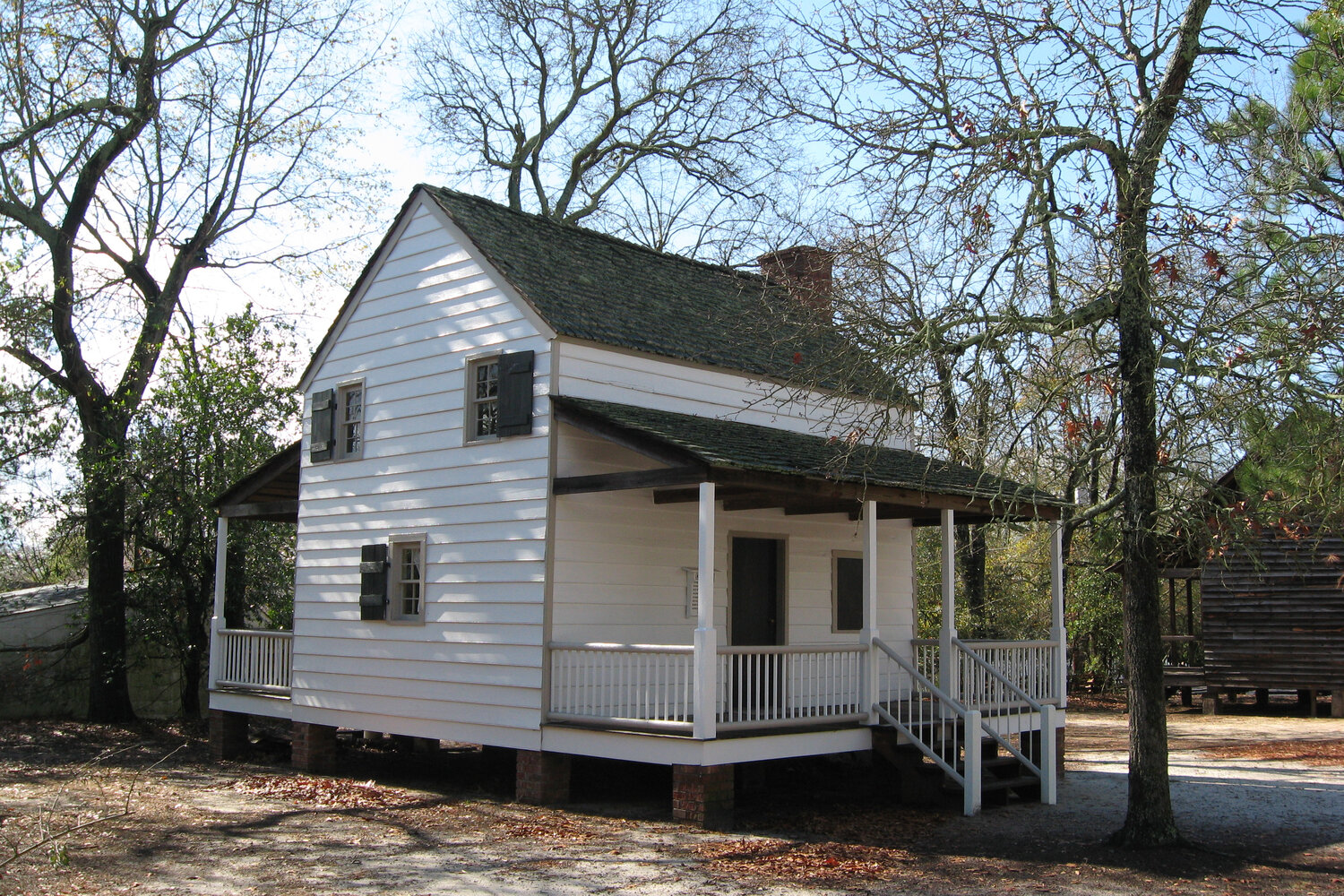‘Using’ and the superstitions of Germanic immigrants to Lexington County
Besides the Lutheran religion and belief in superstitions, many of the Swiss-German and German immigrants brought with them to what would become Lexington County a belief in healing called “using” in English.
This item is available in full to subscribers.
Subscribe to continue reading. Already a subscriber? Sign in
Get 50% of all subscriptions for a limited time. Subscribe today.
Please log in to continueNeed an account?
|
‘Using’ and the superstitions of Germanic immigrants to Lexington County
Besides the Lutheran religion and belief in superstitions, many of the Swiss-German and German immigrants brought with them to what would become Lexington County a belief in healing called “using” in English.
Its German name is “brauchen.” In Pennsylvania Dutch country, it is referred to as “powwow.” Users could only pass their skills and abilities to members of the opposite sex. Some reported that it had to skip a generation as well. Users could talk fire out of burns as well as heal toothaches, headaches, etc. They were also able to cure swelling.
One famous user from the mid-19th century was a man named Daniel Koon. Koon’s house is now on the grounds of the Lexington County Museum but was originally located near where Bear Creek flows into Lake Murray (although Lake Murray and the Dreher Shoals Dam were constructed nearly 120 years after the house).
Koon was as famous for the stories that surrounded him as he was for his using abilities. One account tells of how Koon’s barn caught on fire. Rather than getting water or help to fight the fire, he jumped on his horse and rode around the flames several times. The horse then passed out and the fire was extinguished. Another story told of how Daniel Koon was able to change into a log but was then sat on by some men. Users were supposed to be able to sometimes shapeshift and could make guns miss their targets. Koon’s house was supposed to be haunted, but there is a belief that ghosts cannot travel over water. To get the house to the museum, we had to take it over the dam so maybe the ghosts left the house in Irmo.
The immigrants also believed in ghosts and demons. There were rumors that a demon rode a fiery horse in the Dutch Fork and could be seen in a boat made of skulls on the Broad River. Demons were also supposed to be able to make guns miss their targets. Many Lexingtonians (along with people from other parts of the state) traveled to what is now Greenwood County to talk to the “Edgefield ghost” in 1828 and 1829. These superstitions were very important in the lives of many of these immigrants and their descendants. Using is still practiced by some people today in many parts of the county.
To learn more about using and the beliefs of the Germanic immigrants, check out the books “Random Recollections of a Long Life” by Edwin Scott and “A Carolina Dutch Fork Calendar” by James Kibler.
J.R. Fennell has served as director of the Lexington County Museum since 2007. He holds a master’s degree in public history and a certificate of museum management from the University of South Carolina.
Keywords
lexington county museumOther items that may interest you







Comments
No comments on this item Please log in to comment by clicking here